There has been a lot of press lately about a new disease that’s on the rise. It seems we have a new kid on the block, Candida auris. Candida auris is a species of yeast very like our old friend Candida albicans. However, there are some significant differences. First of all, it’s much harder to identify and secondly, it’s much harder to kill.
Candida auris was first discovered in Japan in 2009 and like most new pathogens, it started spreading. It’s now been reported in countries all over the world. The United States reported about 10 cases in 2020. Last year the United States had thousands of cases. And where are folks catching this disease?
Mostly in the hospital.
For all the good they do, and it really is an enormous amount of good for many folks, hospitals really struggle with what are called nosocomial infections. Nosocomial is from the Latin nosokomium which means infirmary or hospital. In other words, nosocomial infections are diseases you catch while you’re in the hospital. Bacterial infections like Pseudomonas aeruginosa and methicillin-resistant Staph. aureus (MRSA) have been common in hospitals in recent years. Because of their constant exposure to pharmaceuticals in their hospital homes, these types of organisms become very resistant to antibiotics. Candida auris isn’t a bacterium, it’s a yeast (fungus). So it benefits even more from high antibiotic use because the antibiotics kill the beneficial bacteria in the body that usually compete with yeasts for resources.
Because of the high number of hospitalizations and the high rate of using antibiotics and anti-fungal medications to fight or prevent secondary infections in patients fighting Covid-19, the incidence of Candida auris has exploded during the recent pandemic.
Unlike most Candida species, Candida auris is very difficult to diagnose. It requires equipment and techniques that most medical facilities don’t have. Diagnosing Candida albicans is a pretty simple affair and about every lab in the country has the tests they need to do it. Diagnosis Candida auris requires DNA sequencing, polymerase chain reactions or a Matrix-assisted laser desorption/ionization time-of-flight mass spectrometer (MALDI-TOF MS). For some reason, most hospital labs don’t have a Matrix-assisted laser desorption/ionization time-of-flight mass spectrometer. I’m guessing it’s a marketing problem. I mean if they’d called the thing The Super-Duper Bug Detector they’d probably have sold lots of them. But I digress….
Because it’s difficult to identify, the infection often becomes more serious while doctors are treating it with the wrong drugs. As a result, Candida auris has become highly resistant to most anti-fungal medications and serious cases and death rates are climbing significantly.
So, can herbs help with yeast infections? You bet. Plants have been killing yeasts and other fungi for as long as both have existed. There are three strategies that I use for yeasts and fungal infections…
First: Support the Good Guy Bacteria in the Body
A healthy body contains millions of beneficial bacteria. These microorganisms perform a dizzying array of functions that benefit us enormously. They help to moderate immune function, they benefit digestion and metabolism of nutrients, they produce neurotransmitters like serotonin and, perhaps most importantly, they compete directly with yeasts and other fungi for space and resources. There’s an old saying “The enemy of my enemy is my friend” and beneficial gut bacteria are the enemies of Candida. Overuse of pharmaceutical antibiotics can be devastating to our body’s natural micro-flora and gives Candida the opportunity to take their place in our bodies.
Instead of killing the good guys, maybe we should feed them. They love insoluble fiber found in vegetables…especially roots. There are also some herbs that contain high levels of their favorite fibrous food, inulin. Have a look at the Prebiotic Formula for some ideas of plants that can feed the gut’s micro-flora. While you’re at it, take a good probiotic to boost the numbers of the good guys.
While you’re feeding the good guys, it’d also be a good idea to starve the bad guys. Yeasts like Candida love simple sugars from simple carbohydrates. So, cleaning up your diet and eating things that are good for you instead of things that make you fat, inflamed and irritated also helps to starve Candida.
Second: Support the Immune System
The second thing we can do is support the immune system. Much of this can be done with diet. Healthy foods rich in vitamins, minerals and antioxidants can have a great effect. There are some nutrient-rich herbs as well. Have a look at the Nutritive Formula and Chaga for some ideas. We can also stimulate the immune system directly when our bodies are under attack. Many herbs have direct immune-stimulating actions that are great during times of illness. Have a look at the plants in the Immunity Support Formula for some ideas.
Third: Kill The Rascals!
There are a number of herbs that are very effective for killing yeasts and other fungi. These can either be applied topically for skin infections or taken internally for internal issues. One of the remarkable things about plants fighting bacteria or yeasts is the remarkable complexity of their actions. An antibiotic or anti-fungal pharmaceutical contains only one chemical. As a result, it’s pretty easy for bacteria or fungi to develop resistance to that one thing.
Plants like Oregon grape, black walnut, tea tree oil or garlic typically contain numerous constituents to do the job. If you combine several plants like that you have an arsenal of antimicrobial chemicals so broad in its effects that it’s difficult for the bugs to adapt and resist. I’ve had a number of cases in my years as a veterinarian and as a traditional naturopath which were suffering from pharmaceutical-resistant infections which cleared up quickly when I used herbs instead. Have a look at the Fungal Topical Formula and the Candida Formula for some ideas on which plants are good at this sort of thing.
Fourth: Educate Yourself
Lastly, a bit of good information can go a long way toward preventing or solving problems. If you’d like to really understand how the body works, how disease processes work and how the flowers in your yard or the weeds in a vacant lot can be used as an amazing pharmacy and food source, start getting serious about acquiring that information. If you’d like a friend and mentor to help you along the way, I’d love to join you on that journey. For more information, have a look at The HomeGrown Herbalist School of Botanical Medicine.
Doc Jones




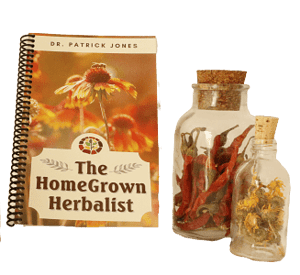

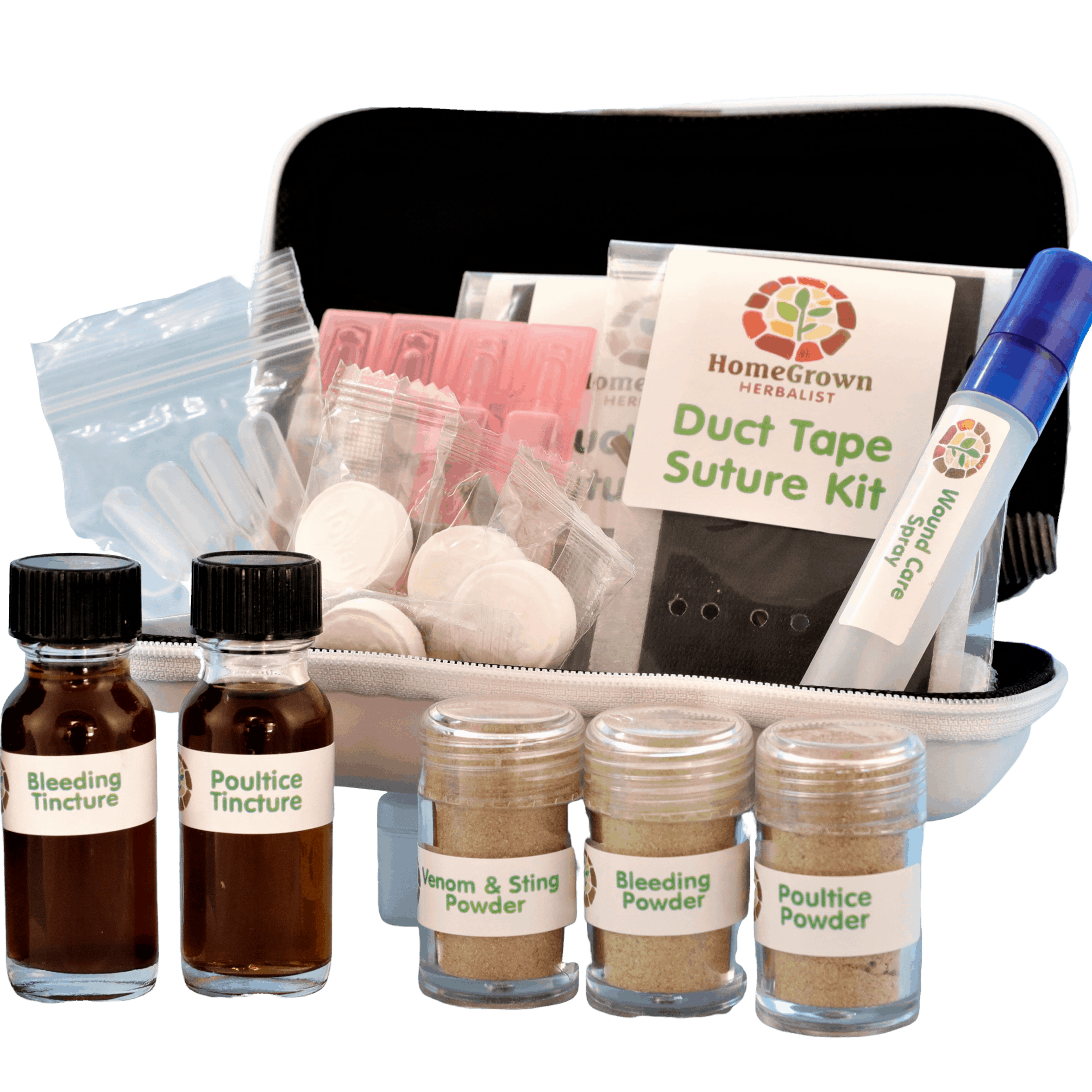
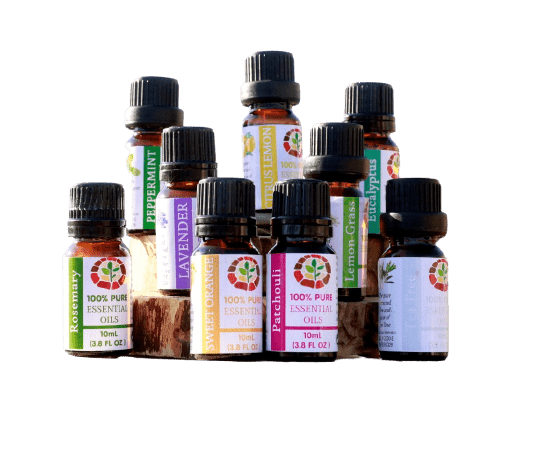
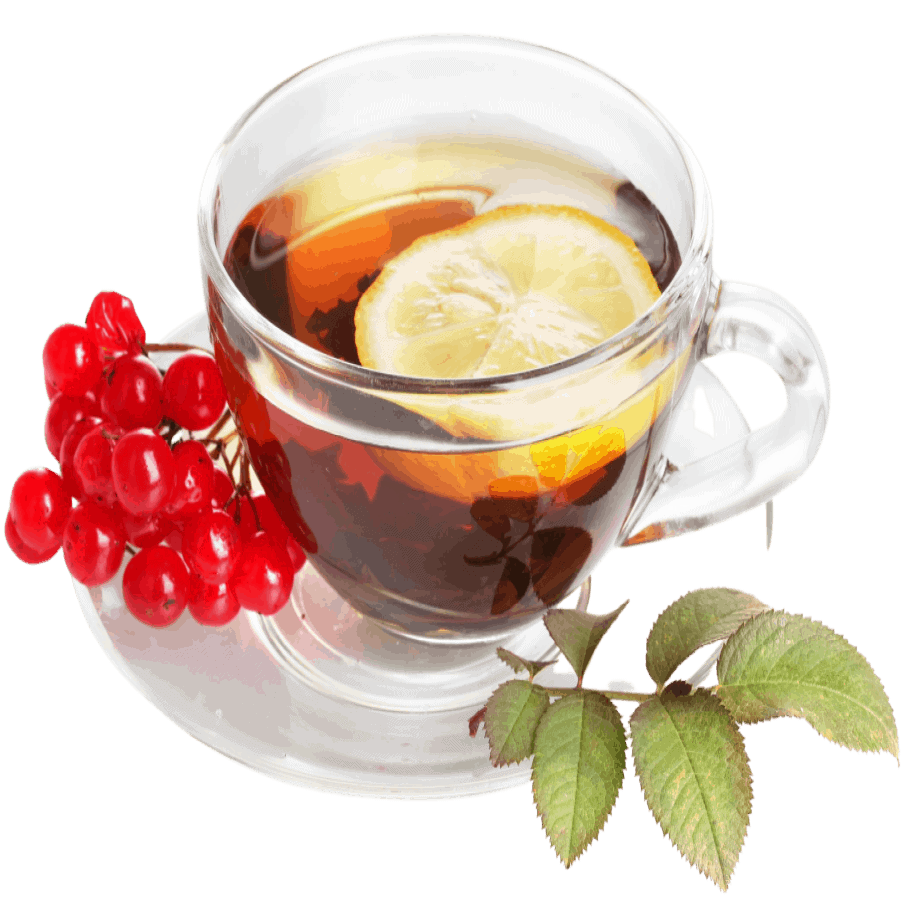
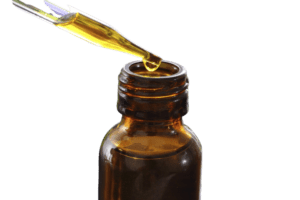
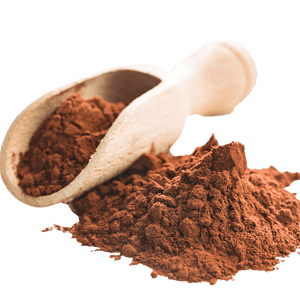
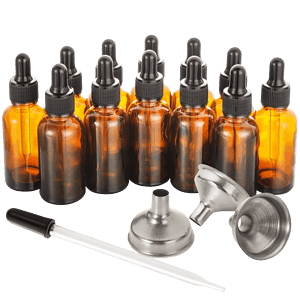
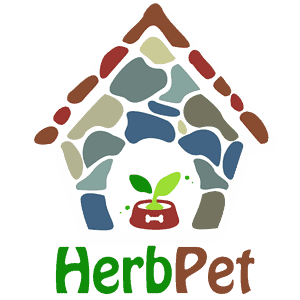


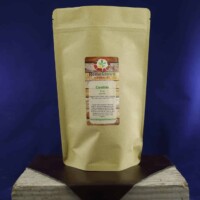
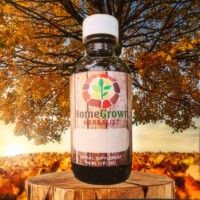
Sounds like a device name from Back to The Future! 😀
Yeah it does. LOL
Thank you Doc Jones. I learn so much from your teachings. I have a friend in the hospital with multiple medical conditions, and has been on a respirator along with lots of meds. They recently added to their list Valley Fever. This is a fungal infection usually from dirt stirred up during construction or landscaping here in Arizona. I feel it more likely is Candida auris, but they can’t diagnose it correctly. Any thoughts on this?
They can diagnose valley fever. If that’s what they’re seeing, that’s what it is. That one’s hard to get rid of as well.
I had a drug resistant bacteria a few years ago. It took 5 months to get rid of it. Am I at higher risk for complications from this candida fungus?
It’d be good to do some probiotics and prebiotics to help your gut bugs.
What about apple cider vinegar? It’s my understanding a diluted spray or a foot soak will kill yeast. I dip my dogs feet in it often to kill yeast between his toes and swab his ears weekly with it. If he starts scratching I spritz him with it before he can break the skin or pull his hair out. What about internally? Does an acidic system kill yeast internally?
Apple cider vinegar has some anti-yeast activity topically. It has some internal benefits as well.
Hello Dr. Jones,
I am so happy to have met you through Homesteading Family. I have an infestation of worms different kinds, from Pin, looks like hook worms, I have expel what it looks like Tape worm. Not vaccinated but had “flu vaccine” about 15 years ago since than my health problems. My stomach and intestine are completely paralyzed, I eat but doesn’t go beyond my stomach or intestine unless I take something to get rid of the byproduct. Finally, my cat has breathing problems, whenever I give him hypochlorite drops in the nose or by mouth it helps for a few days but then the infection comes back, what can I give him and for my worm infestation how can I mix and how much can I take for Fungal and Yeast/Mold. Also, I believe I no longer have friendly bacteria in my Gut how can I replace it with good ones? the “sewage” pike Is Blocked! thank you for any help and by the way my daughter is working on her pre-med but I would rather her take your courses in which she agree to it. So, she’ll be taking your courses and do you still doing live courses/ training in person? and how is that work for students that are not from the Area? NOTE: how did I end up with worms when I wash my hands for a full minute before I do anything? I did nursing at one of the top hospitals here in my area.
The course can be completed completely online. I have students all over the world. I do do some live events but these events are supplemtntal and not required for course completion. The content of those events, plant walks etc.. are also online.
Shoot me an email about the other issues.
https://homegrownherbalist.net/contact-us/
Do these herbs/formulas work on Athlete’s Foot as well? If not what do you suggest?
Yup.
Yes, my dog is infested with yeast and nothing helps. I’ve read that you can’t give dogs garlic so do you have something safe that I can give to my 120 pound German Shepard? I’ve even started giving him my homemade kombucha to see if it will work. Please help!
Dogs with chronic yeast infections, especially in the ears, are usually allergy cases. If one gets the allergies under control, the yeast issue can be controlled. Has a vet looked at it to rule out allergies?
Ha,ha, yeah, the name of that machine! I had a class in college Chemistry where we learned about and used several machines including a mass spectrometer. Huge and expensive! I love your sense of humor and yes am dealing with chronic yeast but mine is from living in a home where we discovered mold. My husband was not willing to spend for the remediation, so we have a few other things going on. I did order your herbs and really appreciate them, take enteric coated garlic every night and usually enteric coated pro-biotics every morning. I will get a break out on my face or lips once a year…that has improved a lot once I figured out what was happening.
I do wonder about my lungs and I have gained about 30 pounds. I believe I probably had fungal pneumonia when I woke up having trouble breathing five years ago and finally got my husband to move the bookcase in our bedroom. 6 inches of black mold up the wall! He cleaned it up. It has stayed gone. I was so glad I knew about natural Vitamin A repairing the lungs. I literally needed
Can you give dogs/puppies Oregano Oil?
Thanks Doc. Shared with family dealing with aftershocks of the med established problem worldwide. Who is doing research on which microbes control/ prevent gum disease microbe overgrowth and plaque? More please 😉